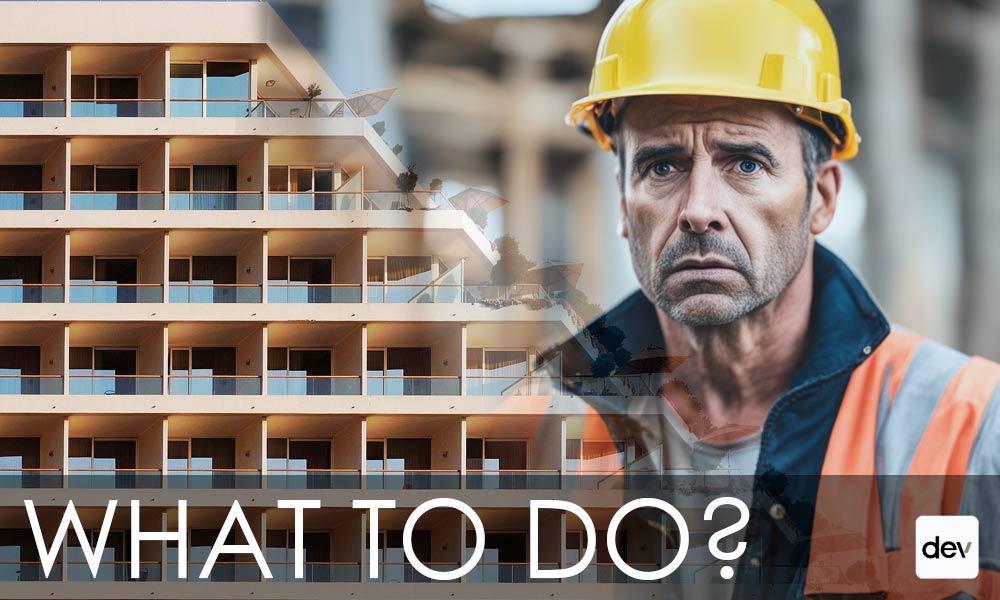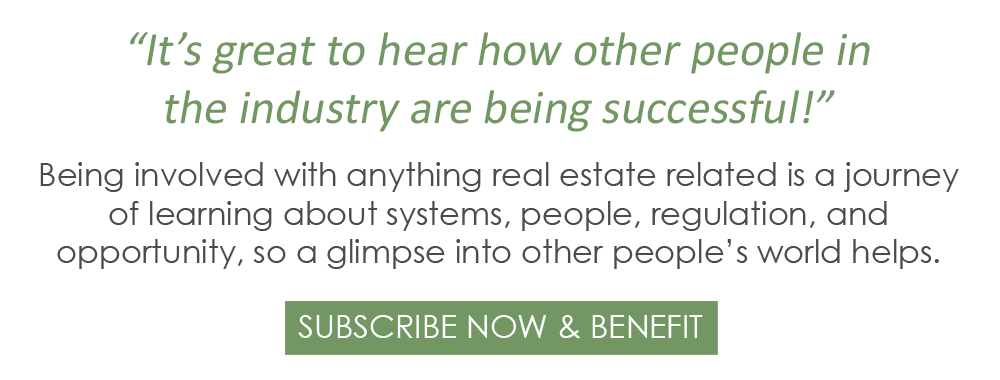
Business
The Single Biggest Concern For Multifamily Developers Right Now
Some of the biggest concerns for multifamily developers when there is oversaturation, falling rent prices, and the current rate environment. Which one of these should you be most actively prepared for? Read below to find out.
One Investor’s Perspective
Multifamily real estate has long been a lucrative investment—especially when interest rates are low. From Q2 2021 to Q2 2022, the U.S. apartment sector returned 24.4%.
However, now that interest rates have jumped, supply has surged, and rent growth has slowed, multifamily returns are falling. Rhett Wiseman, a real estate investor with over 200 residential properties across the northeastern and midwestern markets, explains why and how developers should react.


A surge in new apartments is pushing down rents
It all started when the Federal Reserve cut its key interest rate to near-zero in early 2020 to spur the pandemic-battered economy. Many developers took advantage by taking out low-interest loans for multifamily projects. Consequently, construction starts went from 886,000 in Q2 2020 to 1.63 million in Q4 2022, an 84% increase.
Given construction authorization to completion takes an average of nearly 20 months, many of those projects are just now hitting the market. In Q4 2023, construction completions reached over 1.3 million, one of the highest levels in over three decades.
“The oversaturation and competition, coupled with high debt service, is causing holding costs that are forcing multifamily owners to drop prices significantly, abandon projects, and become more competitive for renters,” Wiseman said.
According to a recent Redfin report, the median U.S. asking rent dropped 2.1% year over year in November to $1,967—the biggest annual drop since February 2020. Meanwhile, rental vacancies rose to 6.6%, their highest level since Q1 2021. To attract renters, some landlords have resorted to offering tenant concessions such as a free month’s rent or reduced parking costs.
The multifamily construction boom is slowing down
Once the Fed started hiking its key interest rate in March 2022 to bring down rampant inflation, multifamily building permits generally started falling. They dropped from 685,000 in March 2022 to 405,000 in January 2024, a 41% decrease.
“A very difficult rate environment is making it hard for deals to make sense,” Wiseman said. “Thus, new construction development numbers are thin at the moment.”
With increased competition and rents starting to fall, finding profitable multifamily deals can be even harder.
Is now still a good time to develop new multifamily properties?
The obvious question for developers is whether now is still a good time to start multifamily projects. The answer? It depends.
“The upside in developing new properties now is having them hit the market in 30-36 months when the climate is better,” Wiseman said. “If you can fund development with the current rate environment and still pencil out profits in the deal’s underwriting, I would suggest building the multifamily project.”
Then once the projects you underwrite today hit the market, they’ll face less competition because fewer developers are doing the same. “There won’t be a lot of new inventory, which allows a new project to command a premium rental price,” Wiseman said.


How to capitalize on growing U.S. rental demand
Higher mortgage rates and stubbornly high home prices are pushing many Americans away from homeownership, increasing rental demand.
Case in point: A recent National Association of Realtors (NAR) report shows that the typical homebuyer needs an annual income of $107,000, up from $88,000 in 2022. Meanwhile, the average U.S. salary is just $61,900. Now renting is cheaper than buying in nearly every U.S. market.
According to Wisemand, multifamily investors can capitalize on this increased rental demand despite higher interest rates and protracted construction timelines.
“Rates and ebbs and flows of the building climate are cyclical,” he said. “When other people aren’t building or are afraid, that is when you should be building and be buying! When others are buying like crazy, you should be cautious!”
Though it may be hard to find profitable deals in the current market, that doesn’t mean they aren’t out there. Find deals that provide cash flow, even if it’s less than what you could expect in previous years. This can give you a competitive edge over developers who stop looking for new projects.
“Those who will be going horizontal with new units come 2025/2026 will be in rare company with new inventory, and will be able to charge a premium for rent or sale, because of the lack of new construction we will see hit the market,” Wiseman said.



